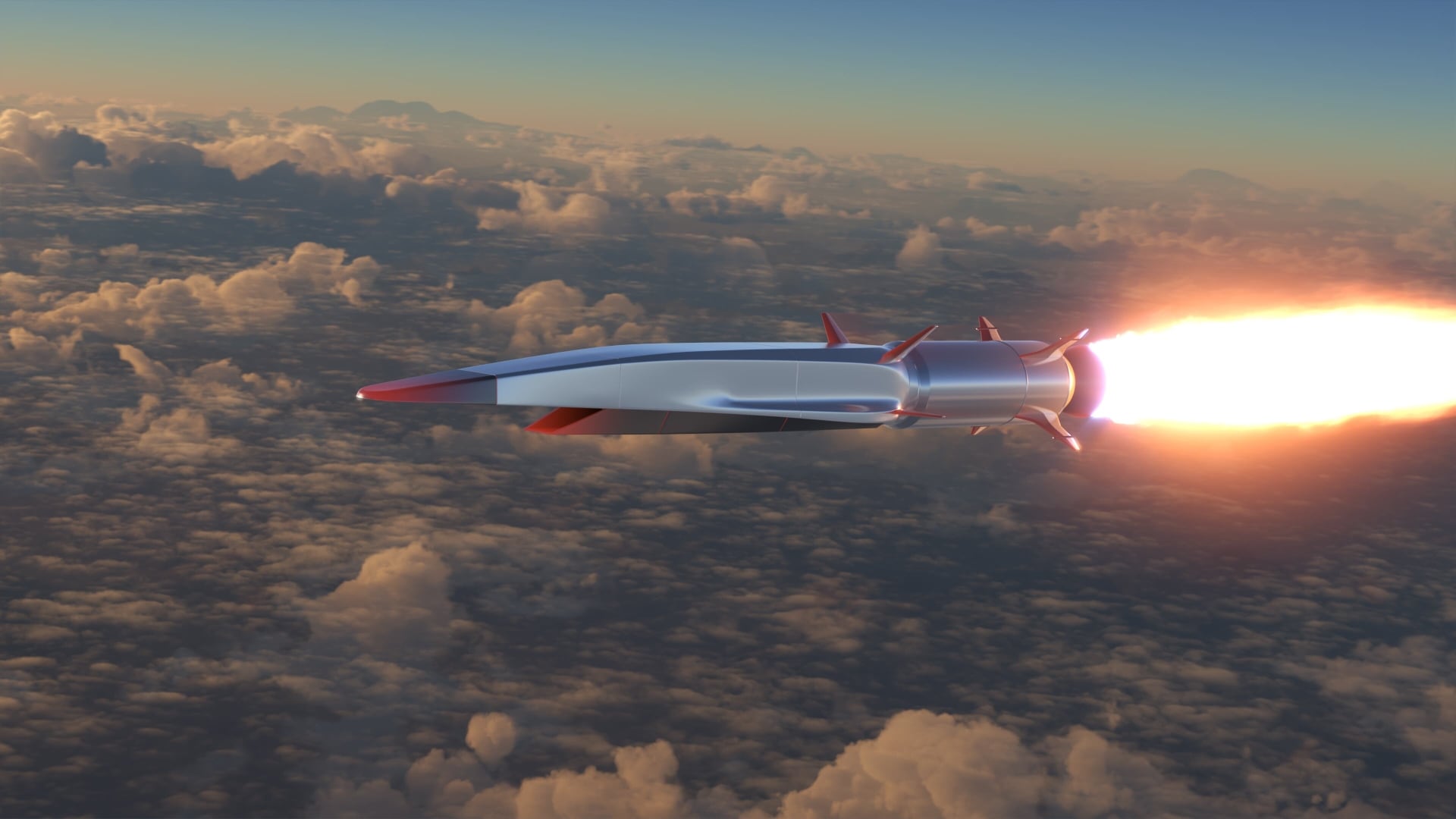WASHINGTON — Eight months ago, the Government Accountability Office shot down Boeing's protest of the government's decision to award the B-21 bomber contract to competitor Northrop Grumman. With the Tuesday release of its 52-page decision, the public now can read why.
The gist of GAO's argument, which redacts all pricing and technical information, was that Northrop's offering met the technical specifications at a price much lower than Boeing's proposal.
"Significant structural advantages in Northrop's proposal — specifically, its labor rate advantage and decision to absorb significant company investment — also strongly impacted the outcome of this essentially low-price, technically acceptable procurement," the office said in its conclusion. "Northrop's significantly lower proposed process for the LRIP phase created a near-insurmountable obstacle to Boeing's proposal achieving best value or to Boeing's protest demonstrating prejudice in the cost realism evaluation."
The Air Force in October 2015 awarded Northrop the contract to develop and produce its newest bomber, now designated the B-21 Raider. Northrop beat out a Boeing-Lockheed Martin team for the two-pronged contract that covers the engineering, manufacturing and development phase of the program as well as the first five low-rate initial production lots.
According to the GAO decision, Boeing argued that the Air Force did not effectively measure the risk of Northrop’s bomber. The company contended that if the service had followed definitions set in the request for proposals, Northrop would not have met four out of seven unnamed technical capability subfactors. Boeing also stated that Northrop’s proposal was "inherently high risk" with regard to certain requirements in a way that should have rendered its offering unacceptable.
GAO shot down those claims, saying its review found the Air Force evaluated Northrop’s bid in a way that was "reasonable and consistent" with the RFP.
Boeing also alleged that the service overestimated the price of its own offering and relied too heavily on independent government estimates.
Again, the GAO disagreed.
"We see no error in the Air Force’s rejection of supporting cost data presented in Boeing’s proposal, or its upward adjustment to Boeing’s proposed EMD costs," it wrote.
The office noted that both Northrop’s total weighted price and total estimated price were lower than Boeing’s. Although Boeing calculated that its proposal price had been overestimated by a dollar amount that was redacted in the report, even if Boeing’s proposal was adjusted by that figure it would have not been enough to topple Northrop, which would have nabbed the contract on the basis of its lower total weighted price.
Thus, GAO said Boeing could not demonstrate that the Air Force had demonstrated competitive prejudice — a situation where the company would have won the contract if not for the government mismanagement or wrongdoing.
While much of the document was redacted, the decision sheds light on many interesting aspects of the competition. After the companies submitted their proposals to the Air Force in 2014, the service found both offerings technically unacceptable and held eight rounds of discussions where the competitors worked through deficiencies, although the GAO noted that some risk still remained with each proposal.
Those discussions failed to resolve questions about both Boeing and Northrop’s cost estimates for the EMD phase of the program, which Air Force found to be overly optimistic when compared with its own independent government estimates. Even after eight rounds of talks, neither company was able to put forward a proposal that could be considered realistic with respect to the majority of the cost categories.
But while Northrop increased its own estimates, Boeing kept its own cost data at the same level, the GAO said. And, partially because Northrop offered to pay for certain expenses internally on its own dime, the company was able to keep EMD costs below Boeing’s throughout the duration of the discussion process.
Valerie Insinna is Defense News' air warfare reporter. She previously worked the Navy/congressional beats for Defense Daily, which followed almost three years as a staff writer for National Defense Magazine. Prior to that, she worked as an editorial assistant for the Tokyo Shimbun’s Washington bureau.








